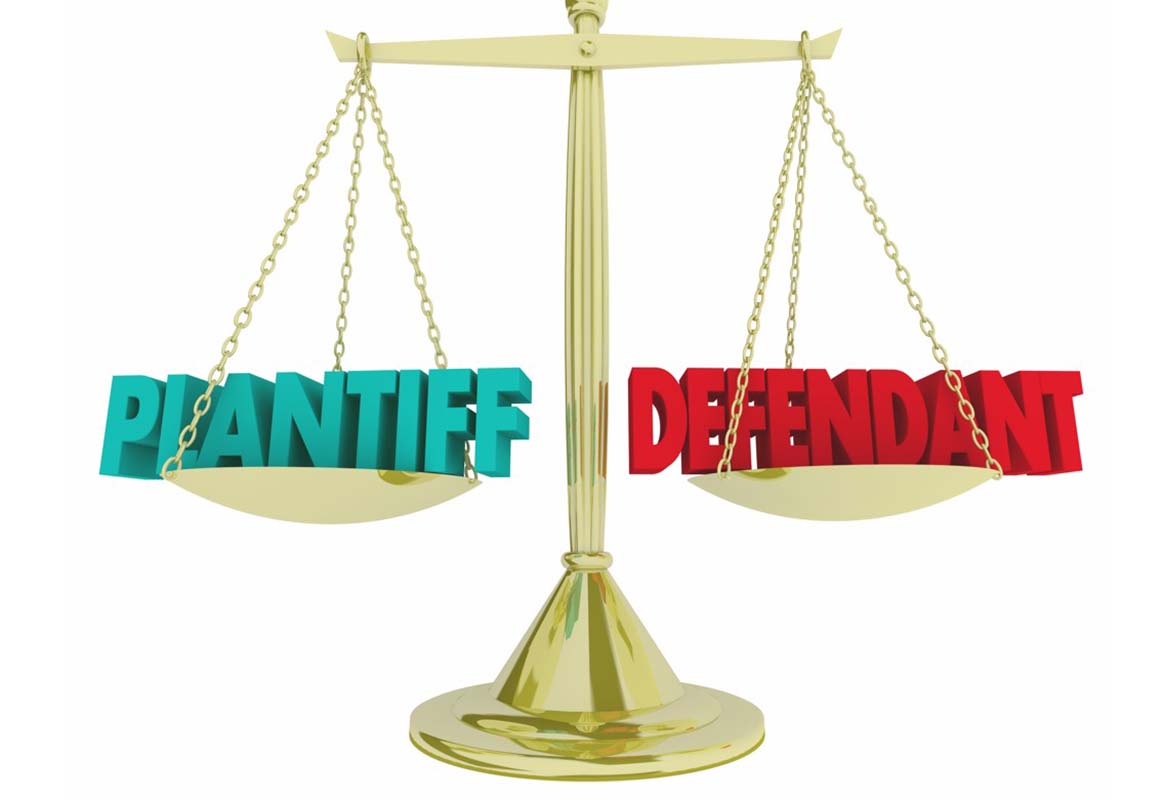When discussing lawsuits and legal action, you may hear the terms plaintiff and defendant often. Don’t worry if you get them mixed up; many people do. We are here to set the record straight once and for all.
What Is a Plaintiff?
A plaintiff is the entity or person who filed the lawsuit. It is only applicable to civil lawsuits, where one party sues another party. By filing a lawsuit, the plaintiff is looking for some sort of legal remedy. It may be money (damages) or for the court to file an order like a restraining order or child support order on the defendant.
In a criminal case, it is the government or state against the defendant, and you would refer to the prosecutor, who is the lawyer arguing that the defendant is guilty.
When you see precedents listed or references to old cases, the plaintiff’s name is the first name, and the defendant’s name is the second. For example, Smith v. Jones or United States v. Fake Pharmaceuticals.
In some cases, the plaintiff may be referred to as the complainant.
What Is a Defendant?
The defendant is the person being sued in either civil or criminal cases. In some cases, there may be multiple defendants. The best way to remember this is: the defendant is defending themselves against the plaintiff’s claims or criminal charges. If the defendant is found guilty, then the court may order them to take certain actions to remedy the harm they caused. This may be paying damages or to stop doing something.
In case names, the defendant is always listed second. For example, a criminal case might be The People v. Johnson or Georgia v. Johnson.
While plaintiff is often only used in civil cases, the term defendant is used in both civil and criminal cases.

